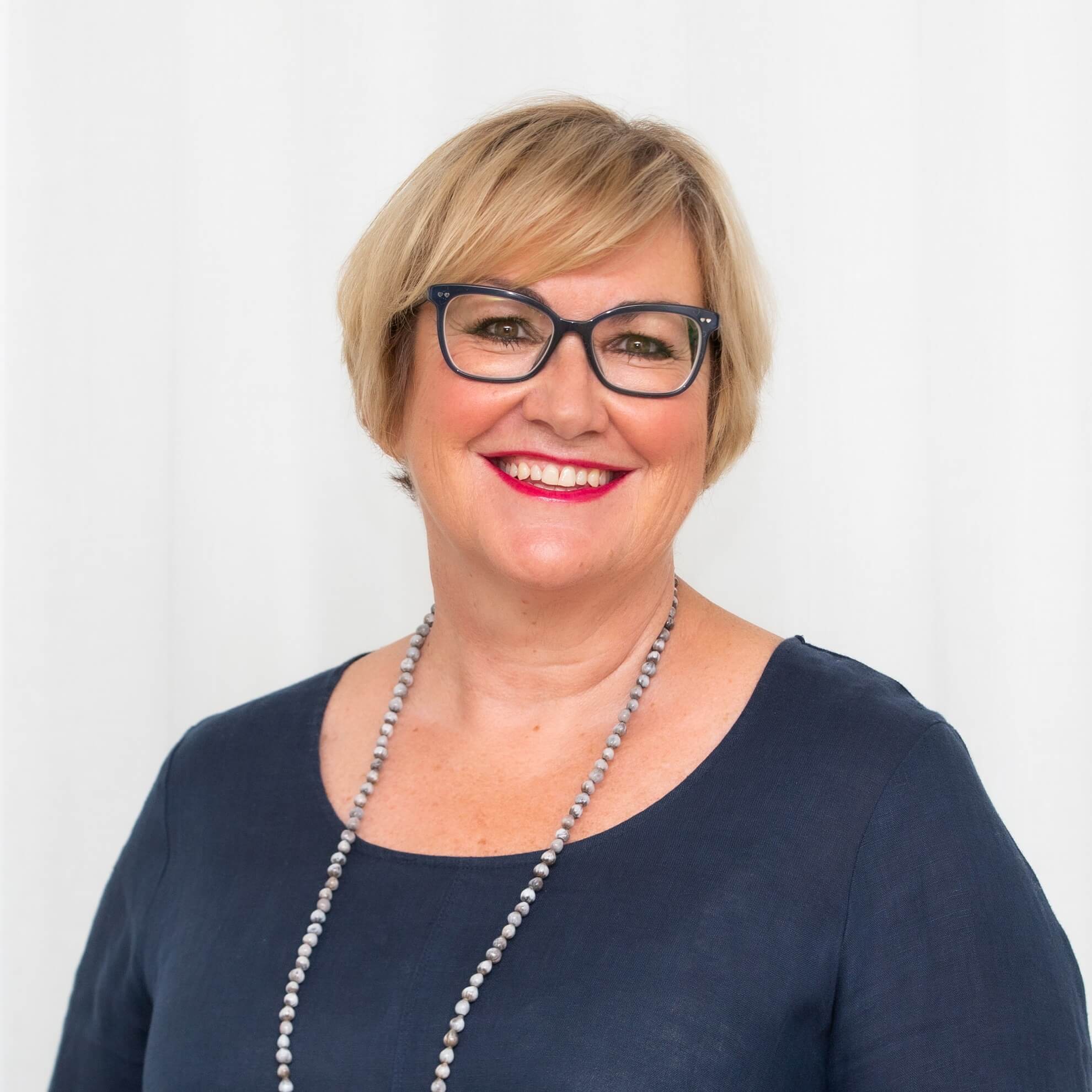 The definition of debt is using other people’s money to buy or invest. But not all debt is created equal, some is likely to leave you stranded in a hole, while other types can set you up for life. But how do you tell which is which?
The definition of debt is using other people’s money to buy or invest. But not all debt is created equal, some is likely to leave you stranded in a hole, while other types can set you up for life. But how do you tell which is which?
Let’s start with the ugliest of debt.
Ugly debt is….Consumer credit, including credit cards, store cards and even hire purchase deals.
Consumer debt has the highest interest rate and is very easy to get because banks love you having it. It is used to purchase goods and services that decrease in value, things like clothes, shoes, dinners, wine, massages, pedicures, makeup….
The more debt we have, the more money the bank makes. Why do you think we are always getting automatic credit upgrades in the mail without asking for it? Because they think we are suckers, and unfortunately a lot of people out there are.
Let’s get your money working for you, instead of the banks.
If you must keep a credit card, make sure you are going in with your eyes open. If you are able to use a credit card sparingly and pay off the full balance each month then possibly you should keep using your credit card. If not then you (like most of us!) would be better off with a debit card instead. Worrying about credit and being anxious about paying off an ever increasing debt is not what a superwoman is supposed to feel.
If you’ve gone a little nuts with the spending and can’t pay down your credit card balance over the next three months, don’t panic – transfer the balance to the lowest interest rate credit card available (0% – 2% for a period of six to twelve months) and PAY IT OFF IN FULL BEFORE it reverts to the standard rate. DO NOT use this credit card for new purchases as you will not receive any interest free days until the transfer balance is paid off in full. DO NOT USE ANY OTHER CREDIT CARD EITHER. If you haven’t been able to pay down the balance within the low interest rate period, transfer it again, and again, until the debt is paid off.
Now it’s time for MY MONEY MANTRA – repeat it until you understand what you are saying. And I mean really understand. It will be the best thing you will ever learn. It has definitely helped me more than I can say.
If I can’t afford to pay for something with cash I CAN’T AFFORD IT – SO DON’T BUY IT!
Personal loans are a great example of this – they often have high interest rates and are used to pay for depreciating assets. If you want to go on holidays, save up for it. If you absolutely have to buy a car, buy one second hand with the shortest loan term and lowest interest rate possible.
Don’t be lulled into a false sense of security
Don’t put your head in the sand and pretend the debt isn’t there. Open your mail, organise your debt so you are paying the lowest interest rate possible and pay it down as quickly as possible.
A lot of people get into the bad habit of having a credit card debt or a personal loan, while they have money sitting in a savings account, earning them little to no interest. Even if your money is in a high interest savings account you will ALWAYS be paying more money on the interest borrowed (credit cards, personal loans) than any interest you will make. You also pay tax on any interest earned.
It’s a false sense of security and it’s not using your money wisely. Keep enough money aside for three months’ worth of living expenses in a high interest savings account and use the rest to pay down your debts. Highest interest rate first please.
Know that if you are able to change your spending habits, you change your life.
There are clever way to use consumer credit
If you NEED (not want) something urgently, e.g. your washing machine has blown up…… take advantage of the 24 to 36 months interest free period offered by many retail stores. Divide the total balance of the purchase by the number of interest free months on offer and have that amount AUTOMATICALLY deducted from your savings account. This will ensure your entire purchase is paid off within the prescribed interest free period. BUT PLEASE BE WARNED – if you do not pay off your purchase within the interest free period you could end up paying up to 28% interest on something you are probably already sick of, and/or might need replacing. That’s dumb.
Alright, so what about Bad Debt?
This may come as a surprise to you but a mortgage on your own home is considered bad debt. Buying a home to live in is a wealth creation strategy, but your mortgage does not help reduce your tax.
Many Australian’s buy “too much home” and can barely afford their mortgage repayments. They struggle from month to month and year to year and never reduce their debt. If you want to own your own home, save a 20% deposit so you don’t have to pay the bank loan mortgage insurance and buy a home you can easily afford. Don’t expect to buy your dream property the first time round. Your grandparent didn’t and neither did your parents. Start small and upgrade only when you can afford to. Don’t keep up with the Joneses, they are probably broke!
Good Debt
Yes, there is such a thing, but it’s not for the fainthearted.
Good debt is a loan used to purchase income producing assets. Interest on loans used to invest in property, managed funds, shares and business may be tax deductible and it can help you create wealth and reduce tax at the same time. You are using someone else’s money effectively. That is why it is considered good debt.
You need to have a conservative financial plan in place and you must insure your income and have enough cash reserves along the way. But when used wisely, good debt can help you create an investment portfolio and secure your financial future.
I do not recommend taking on good debt without the advice of a financial planner. You need to talk through the risk versus rewards taking on debt, because even good debt can turn on you. You need to invest conservatively and only in the highest quality investments.
It might surprise you to hear this, but if you are considering taking on good debt, it is actually more important that you see a financial planner than someone who is taking on bad debt, or even ugly debt.
So what are you going to do to learn how to prepare for your future today?
Hot tip: Don’t be fooled by frequent flyer programs. Most credit cards only offer one point for every two dollars spent. A Qantas economy return trip from Sydney to Melbourne costs 16,000 points and $51.46 in taxes. I don’t know about you but spending $32,000 to get enough points for a “free” flight that costs $51.46 doesn’t sound like a good deal to me. The only way to earn frequent flyers is through work.
